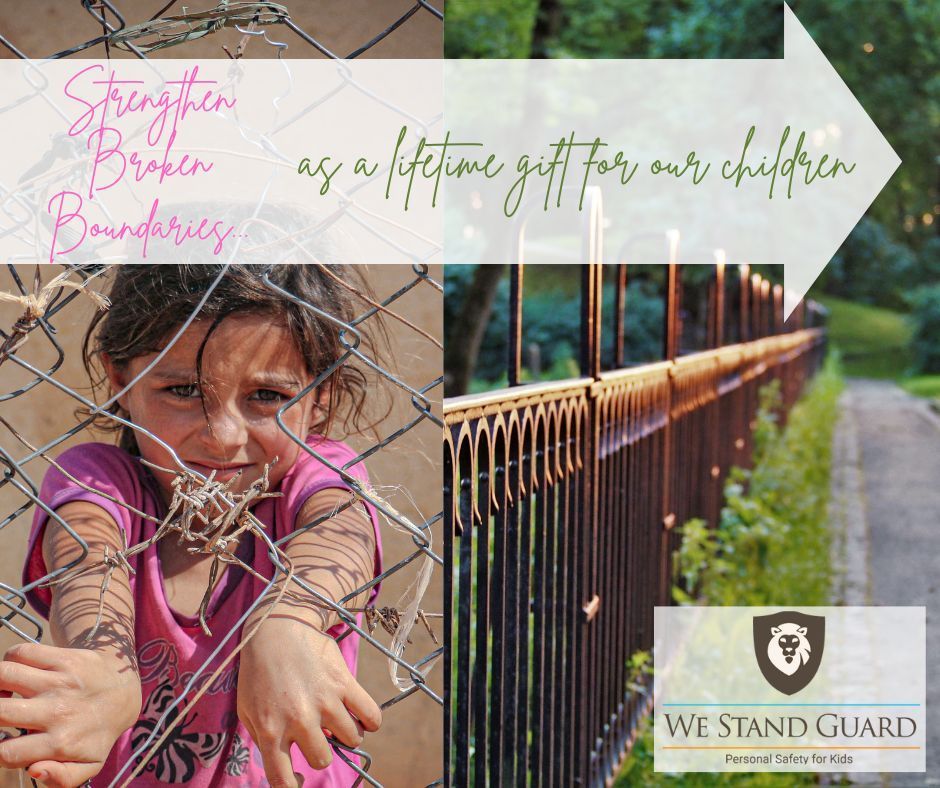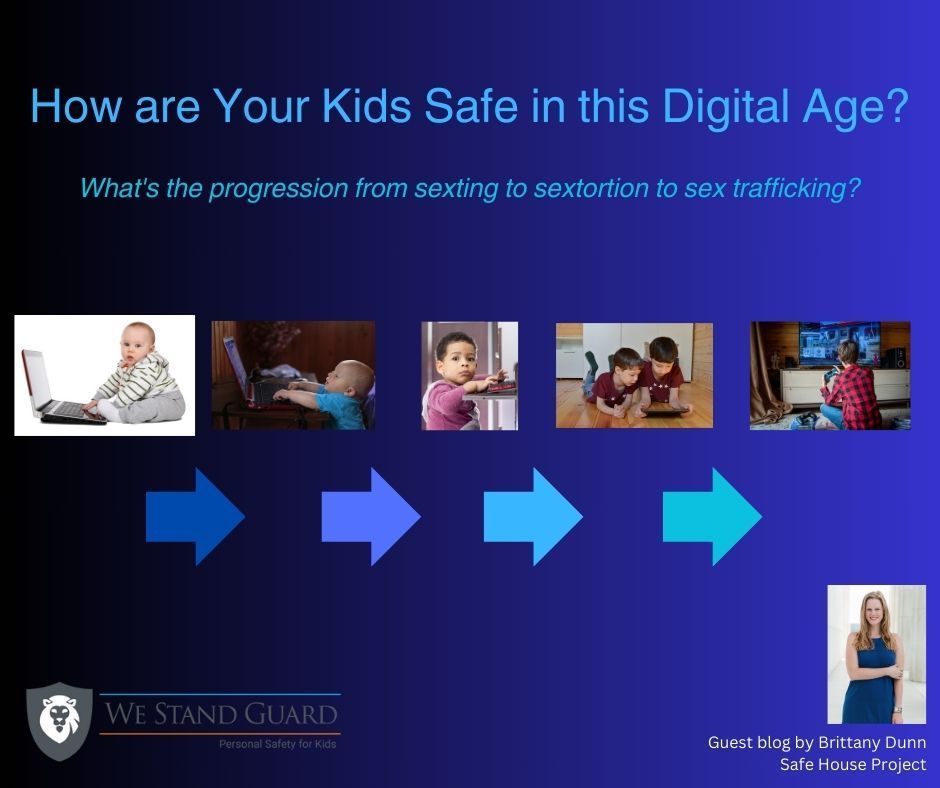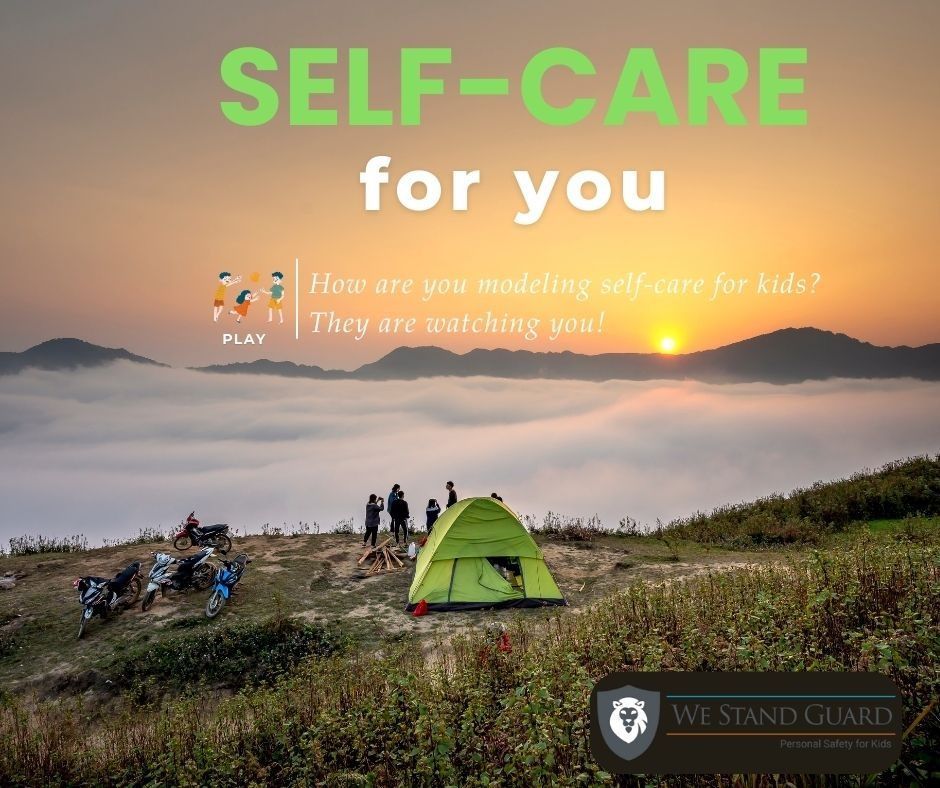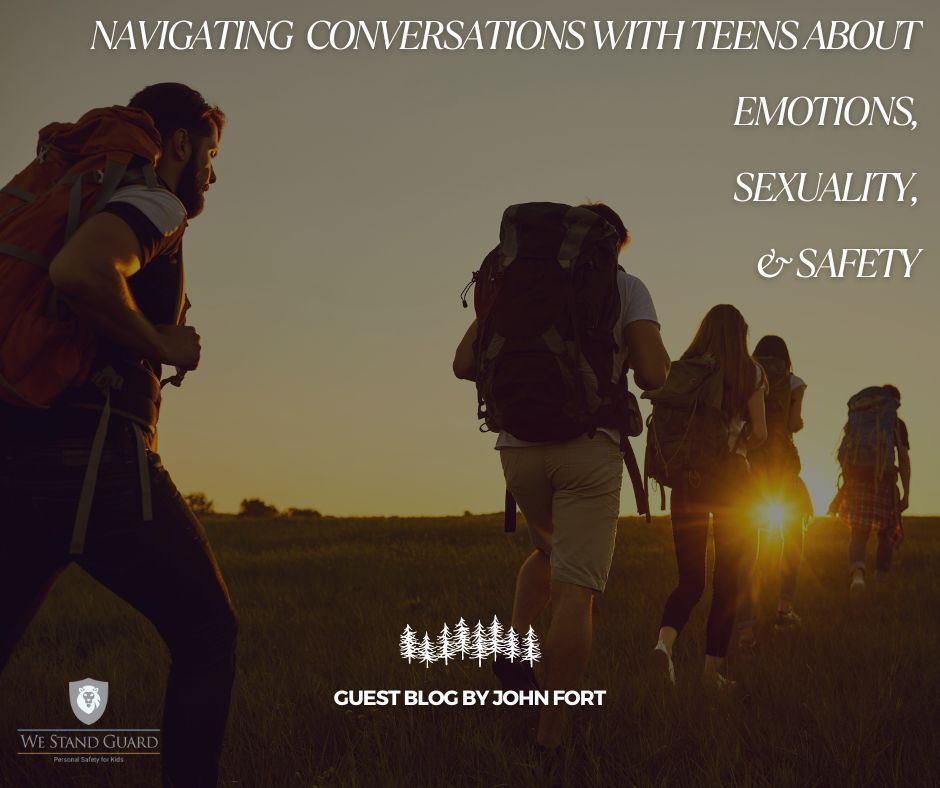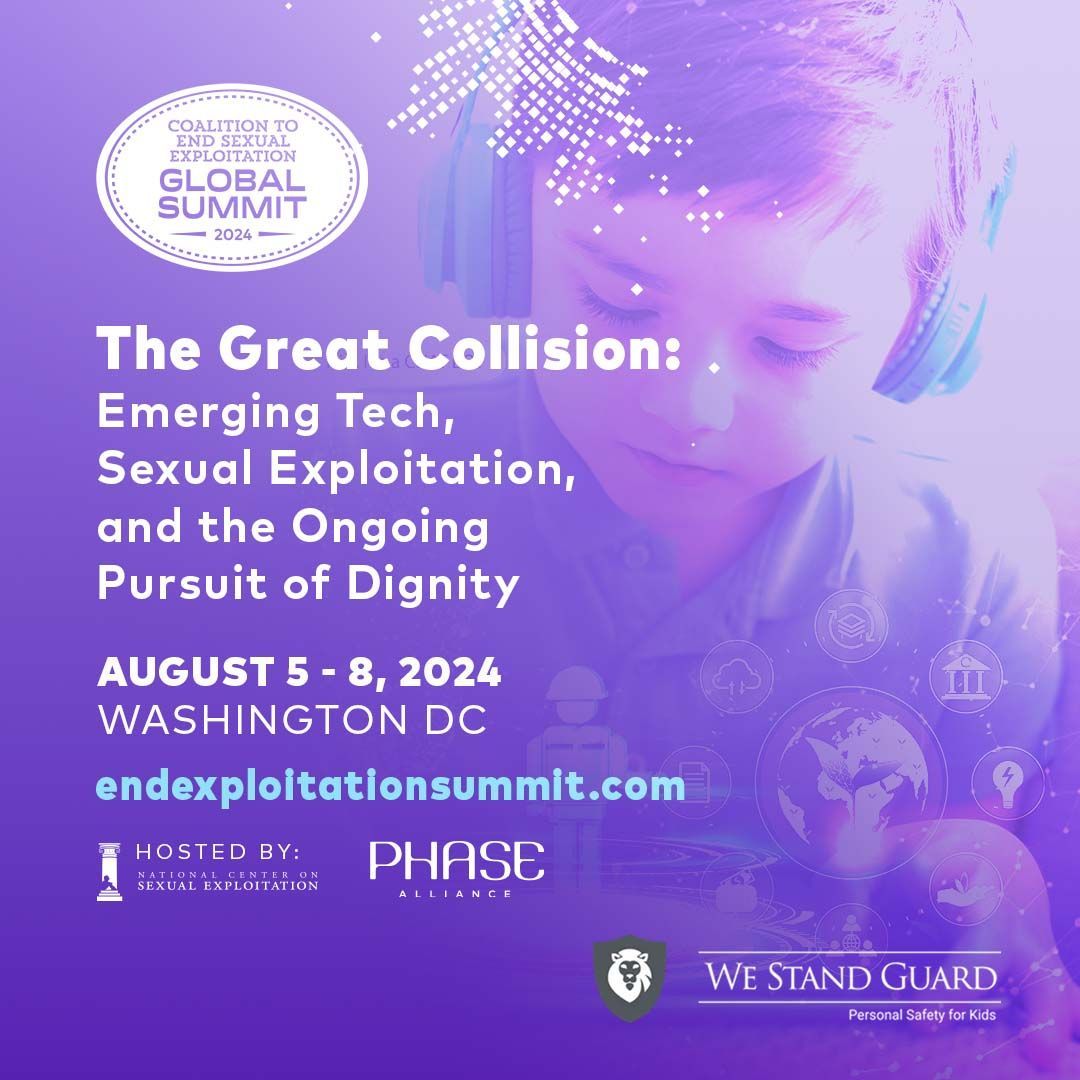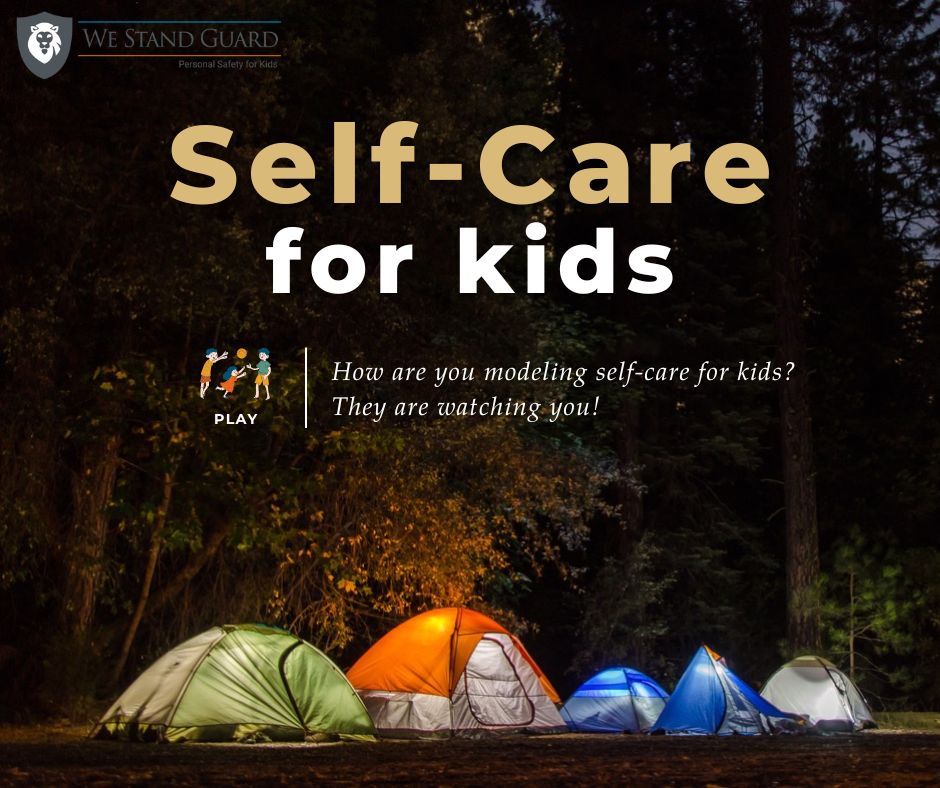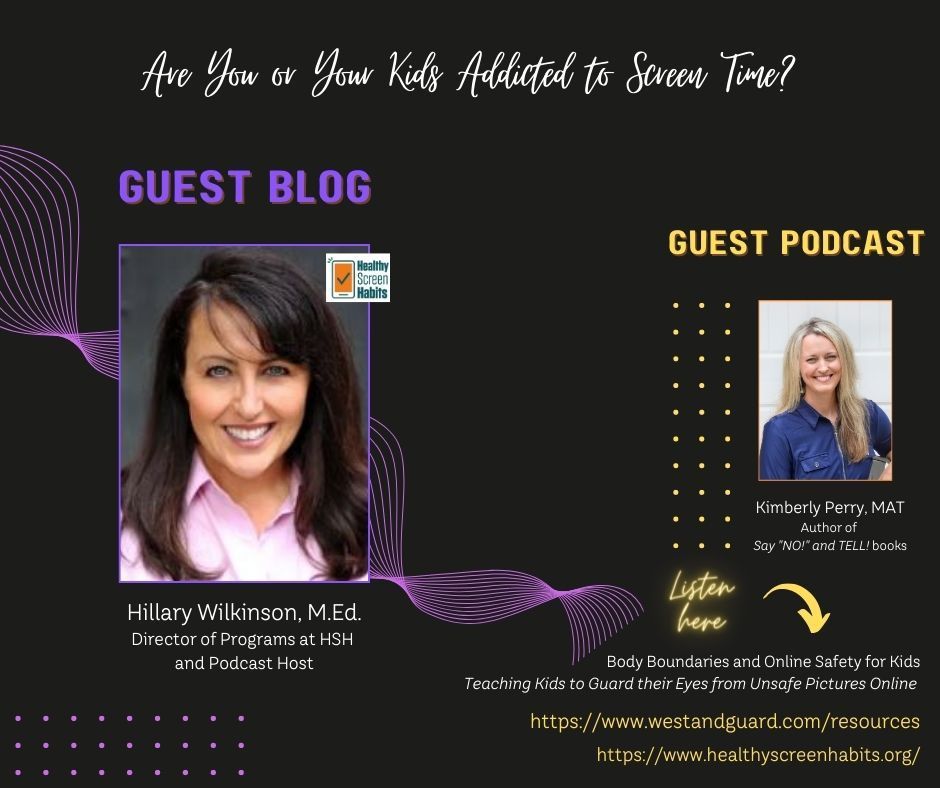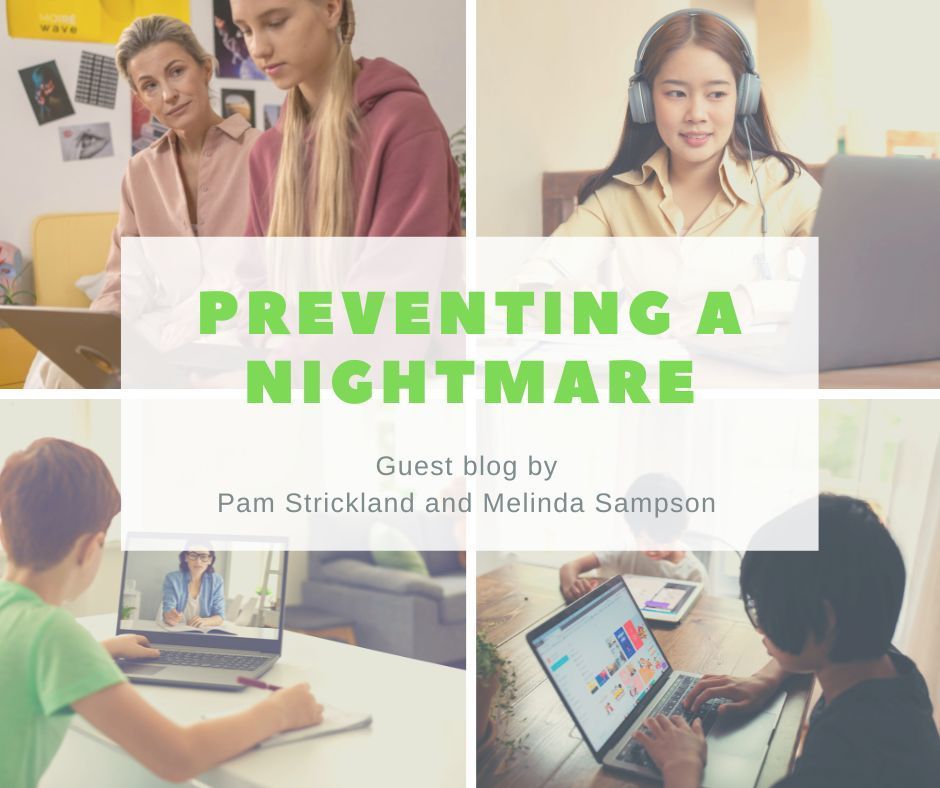What's the average age kids see Internet pornography?(quite young)
It's not a matter of if, but when a child sees pornography.

How do we preserve the innocence of kids, yet also prepare them for questionable encounters?
According to a study done by the American Psychology Association
, "the average age of first exposure was 13.37 years of age with the youngest exposure as early as 5 and the latest older than 26." Some experts cite 8 to 11 years old as the average age kids see Internet pornography. When kids are are exposed to pornography, this is a form of non-physical contact child sexual abuse.
Seeing Internet pornography at a young age can increase the risk of becoming not only a victim, but an abuser. A friend of mine recently shared that he received a call from parents who discovered that a 12 year old boy from another family had sexually abused their 4 year old son, who mentioned this to his 8 year old sibling. The 8 year old sibling told their parents. Can you imagine the phone call by the parents of the 4 year old boy telling the other parents what their 12 year old boy had done? How did this 12 year old boy learn about hardcore sex acts? I wonder if or how much pornography played a role?
Prevention is key!
One way to preserve the innocence of kids is to prepare them for not if, but when they will see pornography
so they have a plan to protect themselves and get help. I have a family member who is a professionally trained counselor
. He recently shared about a family he was working with where the 9 year old brother was sexually abusing the younger brother. He had the family read a Say "NO!" and TELL!
book as part of the recovery process. I met Melanie, a professional social worker
in Washington DC, at the Child on Child Problematic Sexual Behavior Summit this past March 2019, who is also a mom of a six year old son. After learning about pornography's influence with kids abusing kids, she decided to read a Say "NO!" and TELL!
book to her son.
Watch Melanie's 2 min video testimony
, a
mom and professional social worker!
What is pornography?
Highlights from The Porn Phenomenon by Josh McDowell show the harms of pornography have unique repercussions that effect all of us in various ways.
1. What is pornography? Pornography is made of two Greek words: porne means “prostitutes” and graphein means “to write about.” In today’s digital world, we have images of porn in both form and function. The form or the “act” and “content” of porn has changed from words into images, but the function or “intention” remains the same.
2. What’s the history of pornography? You can study the “Kinsey Fallout” by Dr. Judith Reisman ( drjudithreisman.com ) to learn about the roots of modern pornography.
3. We live in a “pornified culture!” Porn is an aggressive industry that targets 11- 14 year old since their brains are still forming and highly susceptible to addiction (response is 4 X stronger than adults).
How does porn effect the brain?
Neuroplasticity means the brain is plastic and it changes just like muscles. It is modified by the behavior it produces. Pornography can change your brain. Viewing it releases dopamine and adrenaline and surges the reward system causing a similar reaction to your brain as drug use. Chemicals in the brain are powerful. Oxytocin can cause one to bond with fantasy and reject reality. The addiction footprint on the brain is atrophy in the striate or reward system – the more viewing per week, the more it changes. “An event which lasts a half a second within 5-10 min. has produced a structural change as profound as the structural changes one sees in (brain) damage…” (Dr. Gary Lynch, neurologist). Also, porn drives virtual reality (Oculus Rift) – multiplacisty porn is highly addictive (i.e. study Japan).
Myths about Pornography
Parents have the awesome opportunity to lead their kids! Pornography has replaced the school, the home and the church as a source of sex education. Parents MUST think “I want my kid to hear from me before a friend, Internet, older kid or culture gets to him or her with pornography", per Josh McDowell! Sean McDowell debunks three myths in Kids, Teens and Pornography teaching ( Kids, Teens and Pornography, D6 Conference ):
Myth #1 - “It doesn’t affect me.” The #1 place teens learn about sex is porn with scripts or messages saying: sex is best outside of marriage, all women want sex from men and women like all sexual acts demanded by men - just use force if needed.
Myth #2 - “I will quit later.” Sexual addiction is the hardest to overcome - it physically changes the brain plus neurochemicals surge forming new/deeper pathways – synapses that fire together, wire together. Avg. age of exposure to porn is 8 and 9 to 11 yrs. old.
Myth # 3 - “I am not hurting anyone.” Pornography is connected to sex trafficking – many porn performers are sex trafficked victims. Increased demand grows the increase in supply for victims of sexploitation.
Be Aware – many young people are not searching for it, but may search Star Wars and find the “Star Wars porn site.” Pornography is looking for them! Kids are marketed porn! Porn is sexual exploitation. Porn is a crime, not entertainment. About 88% of scenes in porn films contain acts of physical aggression and 49% of scenes contain verbal aggression. The “portrayed” abuse in porn scenes are real and many of the porn performers are sex trafficked ( www.strengthtofight.ca ). Sextortion is becoming a major problem with minor children/teens and becoming one of the biggest dangers to kids online – predators have access to our kids and teens ( www.foxnews.com/entertainment/2017/01/24/sextortion-becoming-major-problem-with-minor-children.html ). Don’t “trust” your kids/teens on the Internet without barriers – youth are a target market of porn.
Kristen Jenson, author of Good Pictures, Bad Pictures , gives examples of how pornography targets kids:
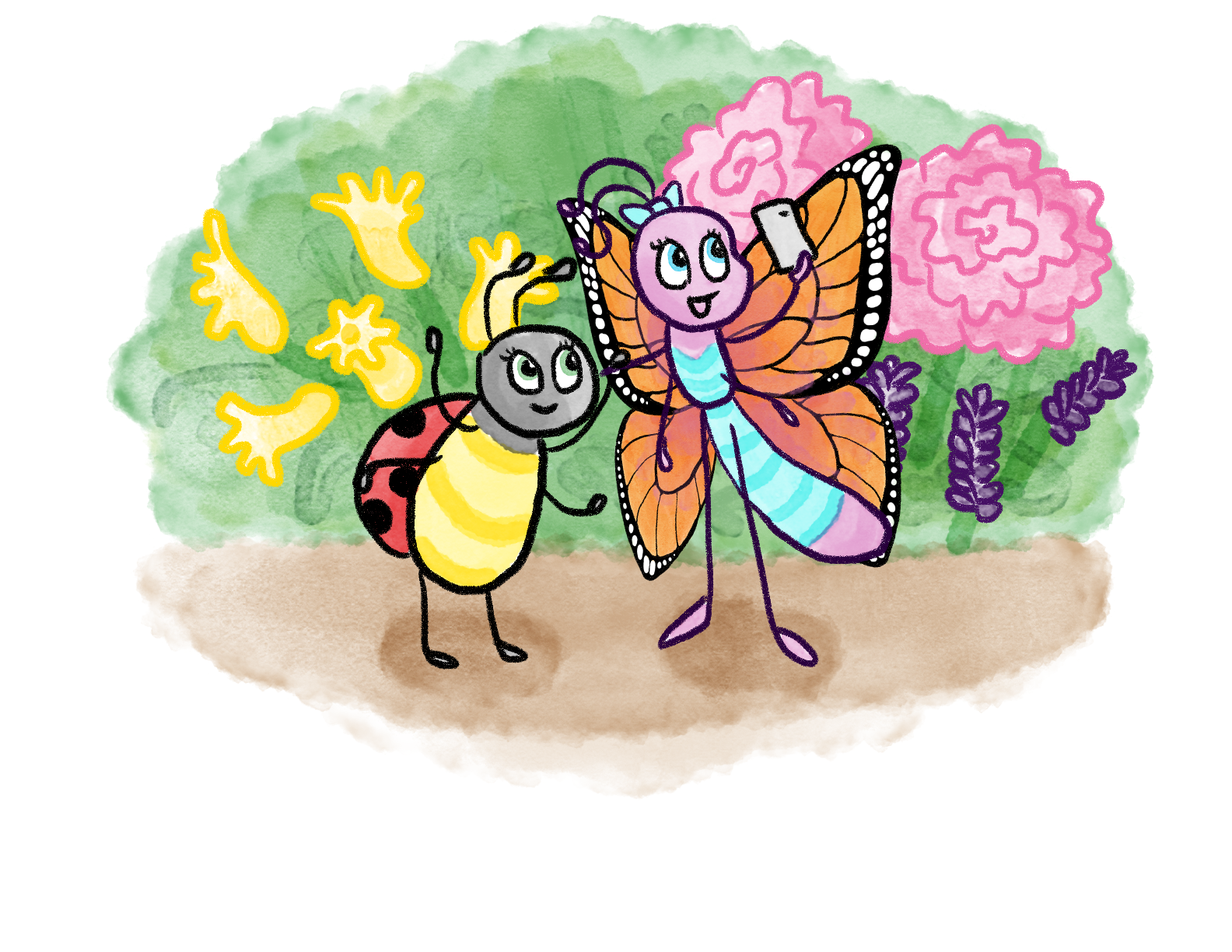
Guarded Eyes:
You are out with your family. While you and your friends are taking pictures with your smartphones, an older neighbor from home sees you and asks, “May we take a group picture together?”
SAFE!
It is safe to see and say, “Sure, we can all take a picture together as a group so we have this fun memory."
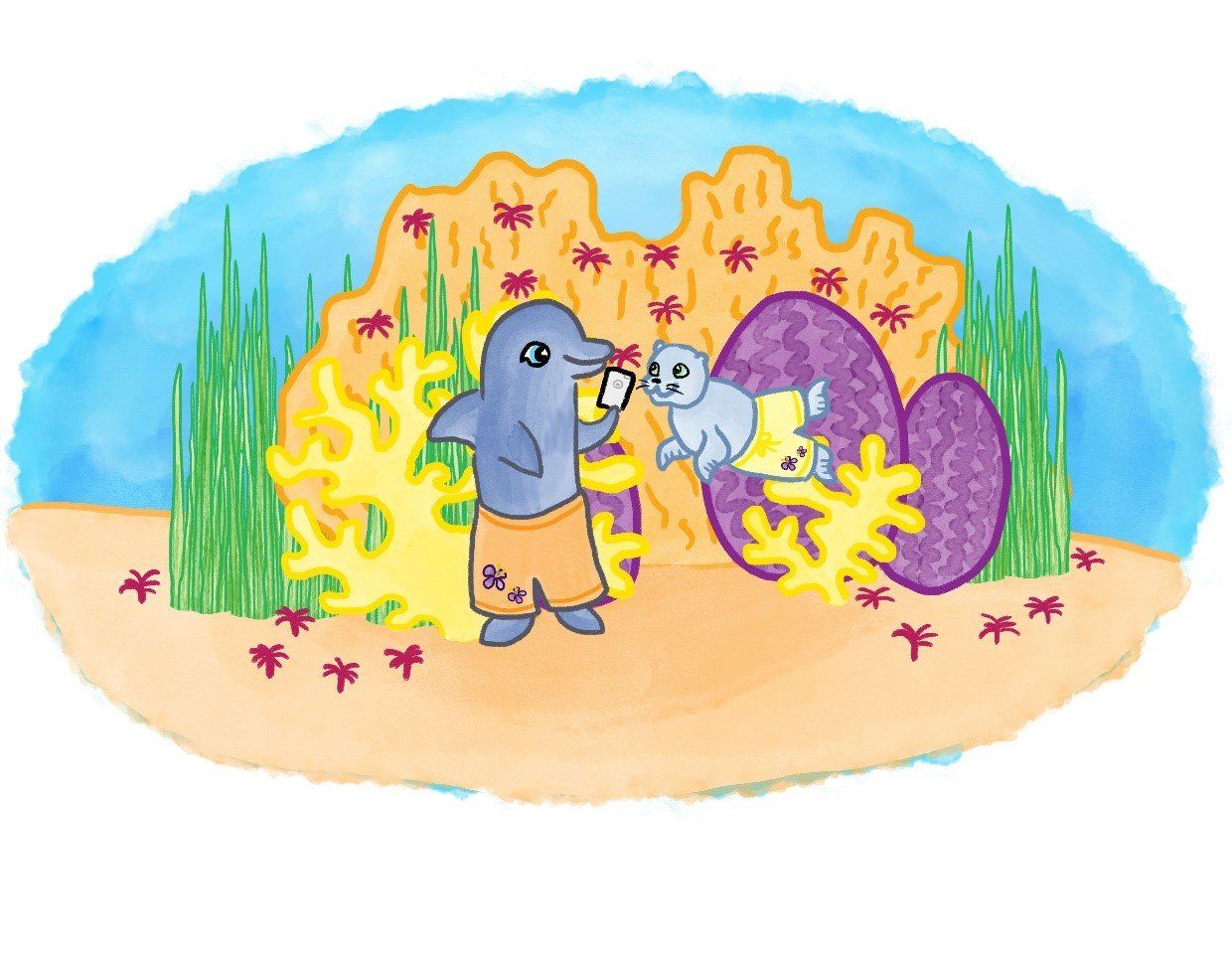
Unguarded Eyes:
You are out with your family. While you and your friends are taking pictures with your smartphones, an older neighbor from home comes up to you and secretly says, “Come over here and look at this picture I found on my smartphone of someone naked.”
UNSAFE!
Say “NO!” to seeing pictures or videos of private parts and TELL! It is not okay ( unsafe to see ) if someone tries to show you pictures or videos of someone naked (without clothes on or nudity ) whether it is in a magazine, book, camera, smartphone, computer or Internet. This can make a harmful memory.
Reading a Say "NO!" and TELL! book can be as easy as 1, 2, 3 - share this blog and help protect the next child today!
